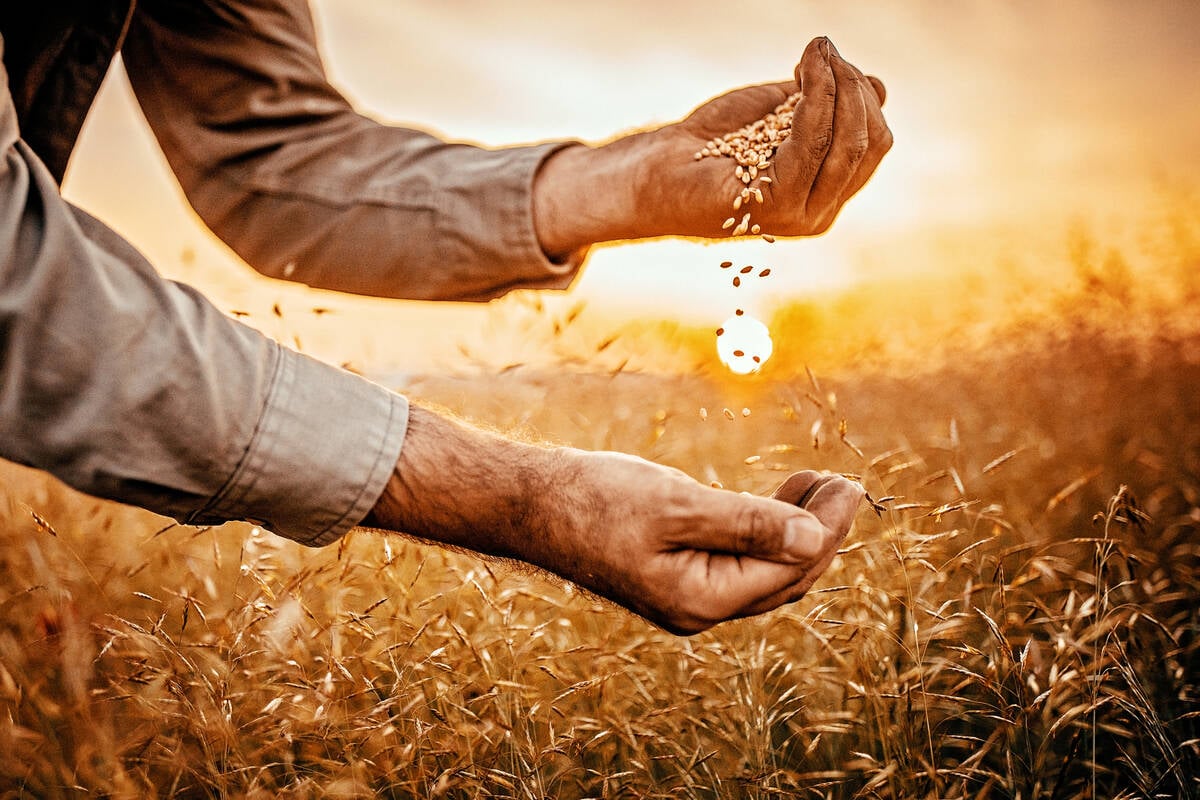James Kearnan took one look at the hog loan application mailed to him by the government of Saskatchewan and pitched it in the garbage.
“I just figured we didn’t need another loan on something that wasn’t making any money,” said the farmer from Delisle, Sask., who ran a 35-sow, farrow-to-finish operation last year.
He thinks it’s a sentiment shared by many of the province’s hog farmers.
“The only thing that’s really going to help farmers over this hump is some cash that doesn’t have to be paid back,” said Kearnan, who decided instead to try his luck at running a goat dairy this year.
Read Also

Taking a look inside Canada’s seed regulatory overhaul
ive years, eight task teams, 130 volunteers and 135 recommendations later, Canada’s seed industry is still waiting for meaningful regulatory change.
The Saskatchewan Short-term Hog Loan Program was announced around Christmas, at a time when hog prices had fallen to 40 percent of the five-year average and some producers were teetering on the edge of bankruptcy. It was intended as a bridge, to keep producers afloat until money from the federal disaster assistance program arrived.
Ernie Donnawell administers the provincial government program. He said farmers are upset that it is a loan program and not a grant or subsidy. Almost every phone call he receives contains that sentiment.
Despite their protests, farmers are signing up. So far, 186 hog producers have applied for loans totalling $7.3 million, about a quarter of what the government has set aside for this program.
John Germs, chair of SPI Marketing Group, (a hog marketing agency) said the program is being well-used. Although 186 applications doesn’t sound like many, fewer than 300 producers account for nearly 90 percent of production in the province, he said.
Loans are based on hogs marketed from Nov. 1, 1998 to May 29, 1999. The formula for determining the value of the loan depends on how far below $130 per hundred kilograms the SPI Marketing Agency price fell during the period in which hogs were marketed. There is a maximum loan value of $40 per hog and $10 per weanling.
For November, December and the first two weeks of January, the value of the loan has been calculated at the full $40 per hog. Since then, the loan value has fluctuated. For the week ending March 20, farmers will get $35.92 per hog sold.
Interest rates
The interest rate on the loan is 5.06 percent for 1999. Starting January 2000, it will be a floating rate loan based on the province’s cost of borrowing.
Bruce Owen is one producer who wasn’t happy about borrowing more money to get himself out of debt. But the Guernsey, Sask., producer went ahead and took out a loan for $19,000.
“With the kind of interest rate that we could get from the government program we couldn’t go into our retirement funds or borrow from the bank with the same benefit.”
He said he might borrow another $6,000 before the program ends.
Saskatchewan Party agriculture critic Bob Bjornerud said the program is designed to help large hog barns, not smaller producers like Kearnan and Owen.
“The smaller guys are telling me that a loan is a loan. I think a number of them are going to put in for it, but they’re not just sure how they’re going to pay it back.”
Donnawell said a lot of the province’s large hog operations have taken advantage of the loan program, but he wasn’t willing to say what portion of the $7.3 million they represent.
He expects to see applications come in as mixed farmers pay for inputs like fuel and fertilizer.















